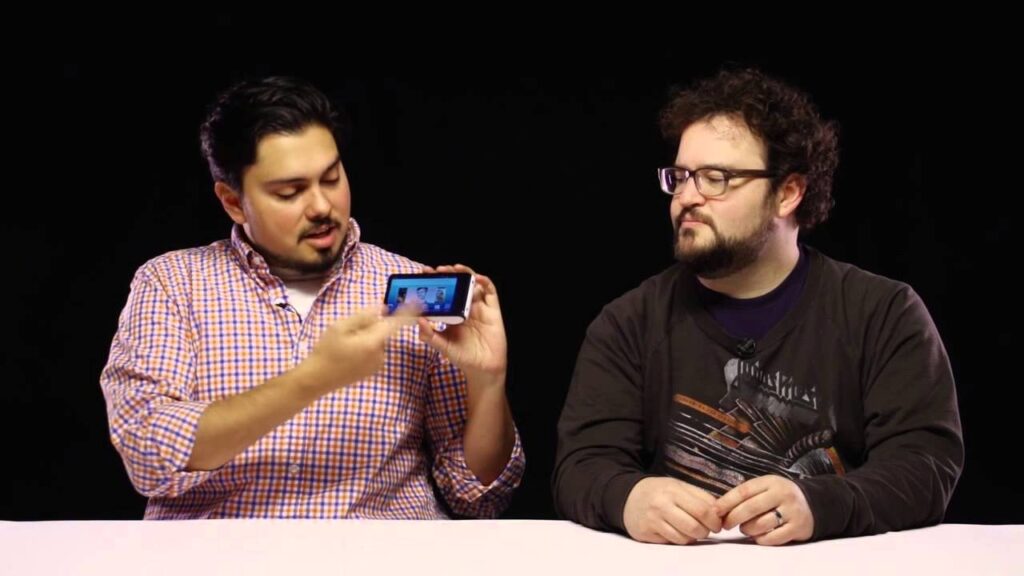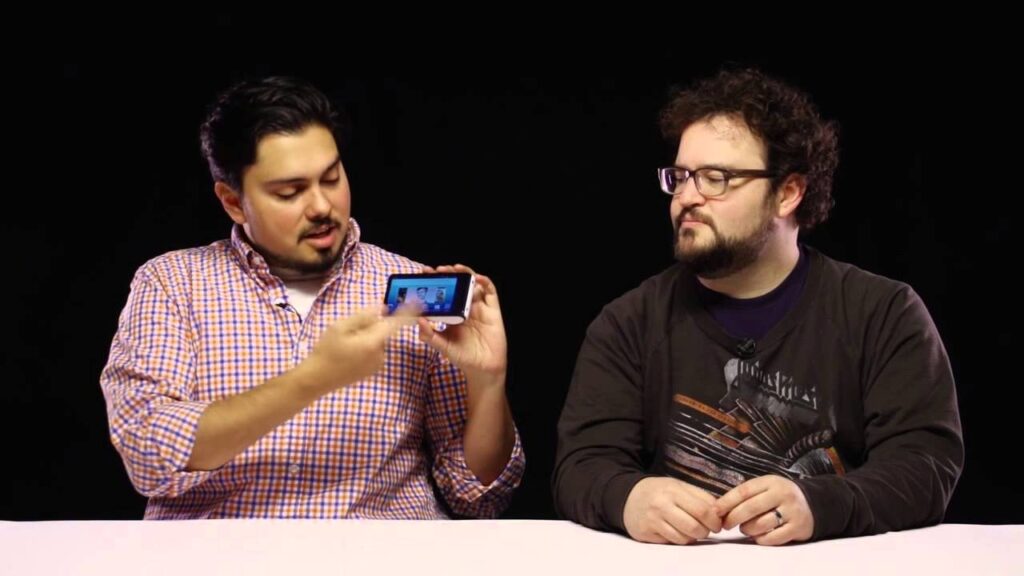Easter Eggs in Star Trek Picard: A Delight for Fans
Summary
In this article, we explore the concept of Easter eggs in the TV show Star Trek Picard. The show’s creators, Michael Chabon and Akiva Goldsman, explain the difference between Easter eggs and shout outs, and how they are deliberately concealed to provide a surprise for fans who find them. Despite being Jewish, the creators joke about calling them Passover eggs or Afikoman. We delve into various Easter eggs and references found in the Star Trek series, specifically in relation to Captain Picard’s character, including his first ship, a Klingon bottle, and his collection of Shakespeare. We also touch on the use of Vasquez Rocks as a location in the series, and the failed attempt to incorporate Gorn references.
Table of Contents
- The Definition of Easter Eggs
- Easter Eggs in Star Trek Picard
- The Iconic Vasquez Rocks
- Failed Attempt to Incorporate Gorn References
- Creating a Workspace Environment in the Severed Borg Cube
- The Storied History of Jean-Luc Picard
- Conclusion
The Definition of Easter Eggs
Easter eggs are hidden details in a TV show or movie that are not required for the plot but provide a surprise for fans who find them. The show’s creators, Michael Chabon and Akiva Goldsman, explain that Easter eggs are different from shout outs or call backs, as they are deliberately concealed and often irrelevant to the main story. Despite being Jewish, they joke about calling them Passover eggs or Afikoman. The creators admit that they were drunk while making the show and may have forgotten some Easter eggs, but they assure fans that they included them for their own pleasure and for the fans’ enjoyment.
Easter Eggs in Star Trek Picard
The Starfleet Archive set is a “basket of egg” with many Easter eggs hidden throughout, including a banner for “Happy Captain Picard Day” and a scale model of Picard’s first command, the Stargazer. Captain Picard’s character is also full of Easter eggs and references, such as his first ship, a Klingon bottle, and his collection of Shakespeare. There is also a certificate or diploma naming Jean-Luc Picard, a reference to Asimov’s The Caves of Steel, and a Monty Python reference about Patrick Stewart’s lack of affinity for science fiction.
The Iconic Vasquez Rocks
The transcripts also mention the iconic Vasquez Rocks, which has a place in Star Trek history and is the location where Captain Kirk fought and defeated the Gor. The rocks have been used in various other TV series as well. The writer and Michael tried to incorporate Gorn references in the series but failed, and only a few slipped through, including a black velvet painting of a Gor hidden behind the Romulan letters on a screen.
Failed Attempt to Incorporate Gorn References
The writer and Akiva share a love for the Gor and tried to squeeze Gorn references everywhere possible in the series. However, they failed to incorporate them as much as they wanted. The only other reference was a Gorn skeleton on the Borg cube.
Creating a Workspace Environment in the Severed Borg Cube
The transcripts also mention the creation of a workspace environment in the severed Borg Cube. The set designers had to come up with a way to make the cube feel like a workplace, and they did so by adding office cubicles and other work-related items.
The Storied History of Jean-Luc Picard
Finally, the transcripts touch on the storied history of Jean-Luc Picard. The character has had a long and varied career, and the show pays homage to that by including various Easter eggs and references throughout.
Conclusion
Easter eggs are a delightful addition to any TV show or movie, and Star Trek Picard is no exception. The show’s creators have included many hidden details for fans to discover, and the transcripts provide a glimpse into the thought process behind some of those Easter eggs. From the iconic Vasquez Rocks to the failed attempt to incorporate Gorn references, there is something for every fan to enjoy.







